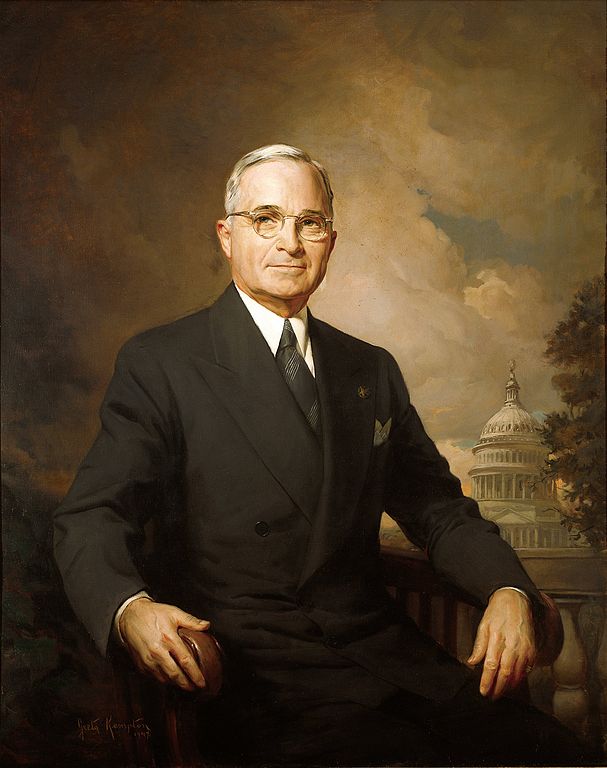Beginning in the early 1970s Americans initiated a wave of nostalgia for the 1950s. The 1960s brought the turmoil of race riots, antiwar protests, a general distrust of established authority and societal norms. The early 1970s presented the Pentagon Papers, with their evidence of government duplicity in the conduct of the Vietnam War. They were followed by the Watergate Scandal, the humiliating withdrawal from Vietnam, and roiled oil markets. Americans were forced to wait in line for gasoline, and when they finally reached the pumps they experienced sticker shock at the prices. Films such as American Graffiti, and television shows such as Happy Days, pointed Americans toward the 1950s as a simpler time, when America was at peace, confident in its future, with respect for its traditions and establishment. The fifties were a time of technological progress, with America leading the world in all things.
It was, and remains, a false picture. The fifties were a period of turmoil, at home and abroad, with Americans in the thick of things. Cold War fears and nuclear war dominated schools, politics, and foreign affairs. American establishments including the Department of State and the US Army were accused of harboring Communists. So were the universities and colleges, as well as the entertainment industry. As for being at peace, the United States sent the bulk of the United Nations forces to fight on the Korean Peninsula, engineered a coup d’etat in Iran. The latter overthrew a democratically elected republican government and restored Reza Pahlevi as the Shah of Iran. Schools fought against integration, and Jim Crow laws and attitudes still prevailed in much of the South. Here are some of the myths which still prevail from the 1950s, and the truths which debunk them.

1. America held technological superiority over the rest of the world
When the 1950s dawned, Harry Truman was in the White House, the United States had the world’s largest navy, and the atomic bomb was in its arsenal. Americans believed in the nation’s technology and innovations, in science, medicine, education, and industry. Americans continued to hold those beliefs throughout the early part of the decade. They drove the best cars. Its commercial airliners were the best in the world. Its scientists and engineers were exploring the means to fly, not only in the air but into space beyond. During the years of the Eisenhower presidency (1953-1961) Americans more or less approved of their President, though there were times when his approval ratings dropped well below 50%. Ike reduced the size of the Army, and beached much of the Navy, though developments in nuclear submarines added to American confidence as the decade went on.
In early October 1957, Americans awoke to discover a Soviet satellite orbited the earth, passing over their heads. Since that launch, reports that the world was stunned by the Soviet satellite have been repeated ad nauseum. In truth, the Soviets announced the launch well in advance and even agreed to transmit signals from Sputnik compatible with American frequencies. Nobody in the scientific or military communities were shocked. But politicians, especially Democrats in opposition to Eisenhower, created a perception the United States significantly lagged behind the Soviet Union in missile development. The fear of an atomic bomb launched from a Soviet missile reaching American soil undetected grew with alarming speed. Sales of fallout shelters increased. More than anything, Sputnik revealed how little Americans knew or cared about world affairs beyond the point at which they directly affected their daily lives.

